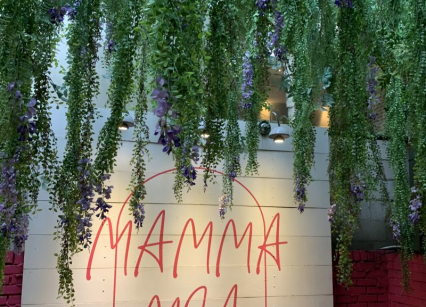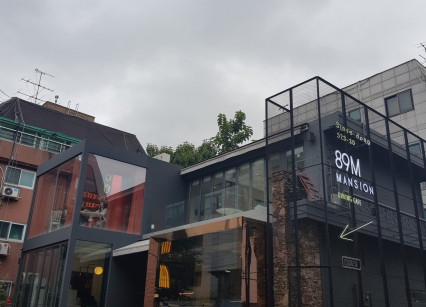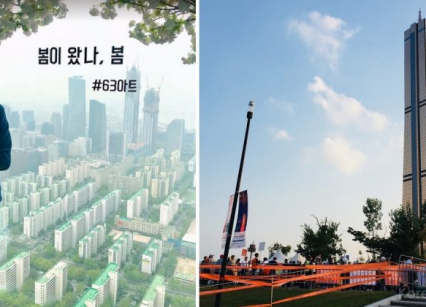DMZ – is an abbreviation for Demilitarized zone. DMZ is a region on the Korean peninsula that demarcates North Korea from South Korea. It follows the 38th parallel, roughly 240 km long across the peninsula. DMZ includes territories from the both sides of the border. (Roughly around 4 km width from each side.)

Since the end of the Korean War, DMZ has become a place for nature to flourish. The zone contains different ecosystems and is home to thousands of species that are extinct or endangered elsewhere on the peninsula. Because the territory is slightly populated nature is well preserved.
Imjingak park
Before entering the DMZ area usually, the first spot to be visited is the Imjingak park. Imjingak was built in 1972 with the hope that someday unification would be possible. In front of Imjingak the Gyeongui Train Line is located. The train line was destroyed in 1950 during the War.

On the picture are the remains of the Gyeongui Train Line. Also, the holes left from the bullets are visible on the foundation of the line.

A symbol of the division, this steam locomotive is left in the DMZ since it has been derailed by bombs during the Korean War. More than 1 020 bullets holes of the locomotive as well as its bent wheels show how cruel was the situation during the Korean War.

Dora Observatory
As the name says it, Dora Observatory is a place where through binoculars you can have a glance at North Korea.

The following map is a miniature of the DMZ area. The red line in the middle is the actual border (which is also called Military Demarcation Line or MDL) between the two countries. The area between the blue lines (from the both sides of MDL) is called Joint Security Area (JSA). Highly secured the JSA is almost impossible to be entered. In this area (JSA) the so called Panmunjon (or the “truce village” – the famous blue houses) is located. This is the place where in 1953 the Armistice Agreement has been signed and where the meetings between the political leaders have been held.

At the very back of the following picture North Korea can be seen. Definitely, the weather plays a big part in the visibility.
During the Korean War millions of landmines have been laid across the DMZ. Even now more than 2 million landmines still can be found. That’s why the whole area is covered in signs warning people not to go outside of the main road. It’s quite dangerous in my opinion.
The 3rd tunnel
The third tunnel is one of the few tunnels discovered by South Koreans. So what’s the purpose of this tunnels? Built under the ground, all of the tunnels start from North Korea and cross the border with the aim to reach Seoul and consequently attack the South.

Discovered in 1978, the third tunnel is 52km away from Seoul. It is 2m wide and 2m high, with a total length of 1635m. It is possible to walk down in the tunnel and the point that a civilian is permitted to reach is 170m away from the border.
Dorasan Station
“Not the last station from the South. But the first station toward the North.”

As the motto says it the Dorasan station is the last train station from the South part but if you want to go to the North by train it is the first station. Of course, going to the North from South is impossible at these times, but the hope of unification is still alive.

Every visitor of the station gets a train ticket on which is written form Dorasan station to Pyongyang.

Unification village
The unification village is a village inside the limits of DMZ where people live. Actually, the people that live there are usually veterans from the war. As the whole area is civilian controlled zone not anyone can enter and visit the village.
How to get to DMZ?
As I already explained the DMZ covers a very large territory, but the most visited spots by tourists (the ones mentioned in this article) are located near Paju city. Except for the Imjingak park, the other places (mentioned in this article) are civilian restricted so it will be difficult to get to see them by yourself.

- The best way to visit these spots is by signing for one of the DMZ tours offered by different tourist companies.
- Another way to visit the DMZ area is to get the DMZ train. The DMZ train starts from Seoul and the last station is the Dorasan station. Here is the link to the website where you can find more information about this train: www.letskorail.com
- The Imjingak park is not a restricted area so you can easily visit it by taking the Gyeongui-Jungang Line from Seoul and getting off at the last station: Imjingang Station.
Read more: Imjingak Park- Stunning Destination Backed By Ancient Historic Brilliance







